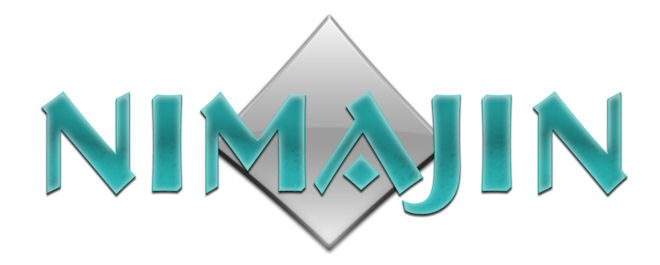
In VON Magazine FMC Converges on Business, Ivar Plathe from OnRelay says that “The key for making [FMC] technology work is making the extension work seamlessly over a public network over a 3G, or CDMA network, which is really the hard part...”
I'll agree that's hard - I think what's making it difficult is using the old cellular protocols. I can't believe that when something is that hard, that anyone sticks with it! I think you're following a dead end Mr. Plathe. Good thing you've got people willing to pay.
In my mind the real solution is to run IP through the cell system. You've just got to run IP over a new layer 2 that can switch cell towers to follow the handset around. Mobile WiFi? 'The routing system says your phone is at this tower now.' I'm not sure, but isn't this what IMS is all about? That's hard too - I'm talking about infrastructure replacement - but when you're done you've got a real mobile IP network. Run IP over the cell system. Then you can use SIP to do everything you need for PBX functionality: proxying calls to multiple terminals, short numbering, transfers etc. And you'll have the standard protocols for mail, messaging, web, services, games, everything.
What's up with all this shoehorning new tech on top of old? Oh, billions of dollars worth of existing cell infrastructure! OnRelay's customers could be paying for development of a real mobile network instead of band-aiding an old system.
It's the same thing with VoIP gateways. Huge money in the gateway market. But why? You've IP'ed your internal phones, why connect outside over analog? Oh, standard numbering system, QOS, bandwidth. You could be spending that gateway and analog money on more bandwidth, a better RTP (let's have another post on that) and click-to-call. If you're all IP, your ISP should provide service for POTS interconnect.
All this legacy support is telecom inertia. If you want better than legacy, abandon it. Just git 'er done!
.jpg)

No comments:
Post a Comment